
You probably owned some of these—and never suspected a thing. Many products, once deemed safe, were later found to pose health risks, with regulatory delays allowing their continued sale. This article explores 20 such items and their impacts to reveal the daily essentials that carry hidden consequences.
Lead-Based Paint

Silent danger lurked in millions of American homes until the late 1970s. Despite early evidence of cognitive harm in children, lead-based paint remained on shelves. Regulations lagged due to industry resistance and limited public awareness. The Centers for Disease Control and Prevention (CDC) reports that over 500,000 U.S. children still have elevated lead levels today.
Asbestos
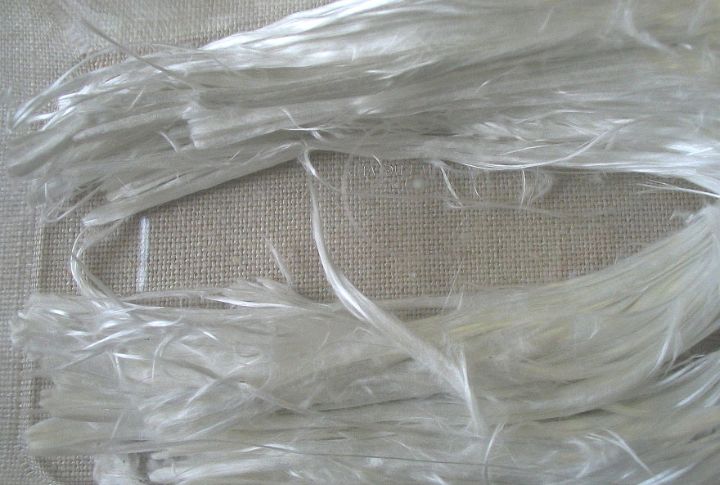
For years, homeowners worked with asbestos without realizing its fibers could be deadly. When restrictions finally arrived in the 1970s, the damage was already widespread, causing mesothelioma and lung disease. Even today, some schools and homes contain it, while legal fights over responsibility continue nationwide.
Lawn Darts

Before regulations stepped in, hospitals were seeing a surge in injuries from these backyard “toys.” More than 6,000 ER visits, including one death, led to a 1988 ban. Manufacturers long claimed they were safe, but heavy, sharp-tipped darts in children’s hands proved otherwise.
Black Salve
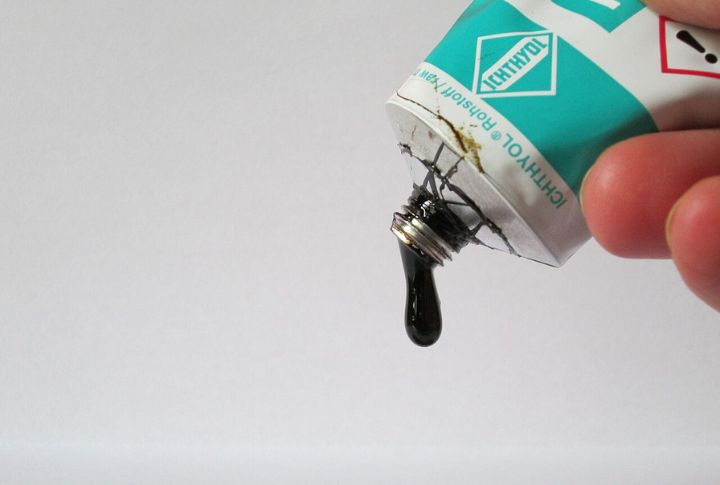
Hope turned to horror for many who used black salve to “treat” skin cancer. Black Salve, marketed as a natural skin cancer treatment, contains corrosive ingredients like bloodroot, which can cause severe tissue damage and scarring. Despite FDA warnings since the 2000s, it remained available online until stricter enforcement in the 2020s.
Flame Retardants

Furniture treated with a chemical called polybrominated diphenyl ethers (PBDEs) appeared safer because it was less likely to catch fire. However, the Environmental Protection Agency (EPA) research revealed that these chemicals could interfere with hormones and harm children’s development. After years of toxicology studies, California began phasing out certain PBDEs in 2006 and banned all furniture containing them by 2013.
Teflon Cookware

At high heat, Teflon coated with perfluorooctanoic acid (PFOA) released fumes toxic enough to kill birds. By the 1960s, DuPont was already aware of PFOA’s dangers. Even so, PFOA-coated Teflon continued to be used as late as 2013, by which time safer alternatives like ceramic coatings were already widely available.
Baby Powder
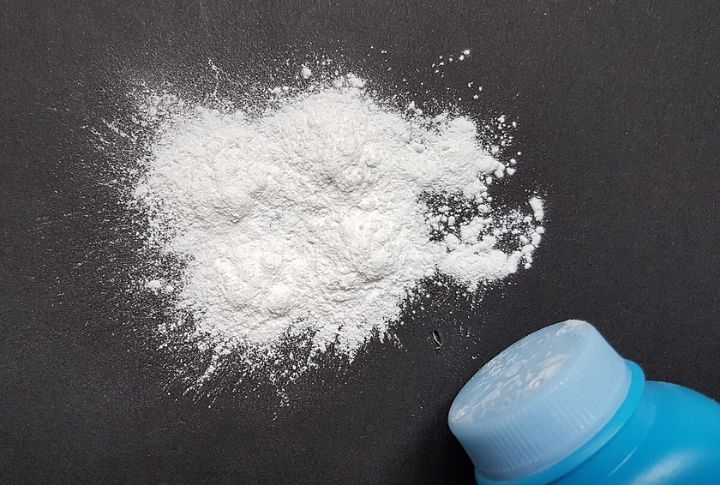
Why did a nursery staple spark thousands of lawsuits? Talc-based powders, once a daily routine for infants and adults, became tied to ovarian cancer through asbestos contamination. Internal Johnson & Johnson documents revealed early concerns, yet they continued selling it in the U.S. until 2020.
Electric Blankets
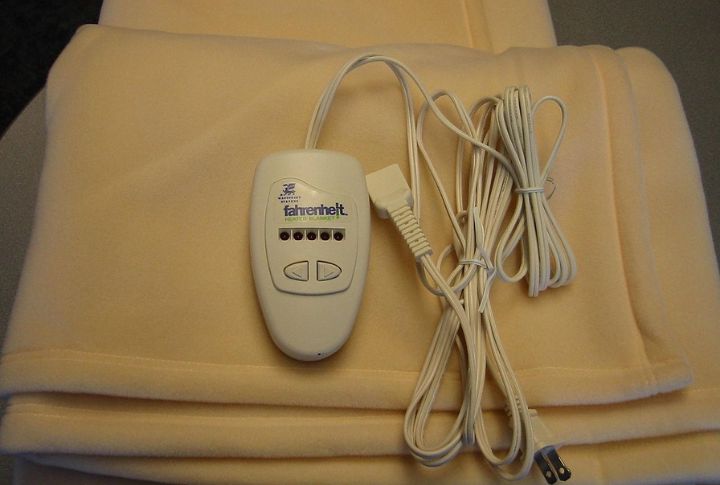
Overheating coils and worn insulation turned cozy bedding into potential fire hazards. Older models lacked an automatic shut-off, leading to numerous house fires and burns. Many blankets from the 1970s and 1980s were recalled—but not before decades of unsafe versions were sold across the country.
Hair Products With Formaldehyde

Straight hair came at a toxic cost as Brazilian blowouts used formaldehyde to lock in shine and exposed both salon workers and clients to carcinogenic fumes. In spite of mounting complaints and health issues, the FDA only moved to propose a ban in 2023, after years of resistance from manufacturers
Dry Shampoo Sprays

Volumizing dry shampoos gained popularity—fast. Later, independent testing revealed detectable levels of benzene, raising cancer concerns. Some brands issued voluntary recalls in 2022, but not before millions had used them routinely. Lack of FDA regulation for aerosol cosmetics allowed these contaminants to persist on shelves.
Mercury Thermometers

Children used to play with mercury droplets like marbles. Hidden beneath their metallic shimmer was a neurotoxic hazard. Schools and households alike reported contamination incidents. Over time, digital thermometers took over in the 2000s, and mercury versions lingered until several states enacted bans.
CFL Bulbs
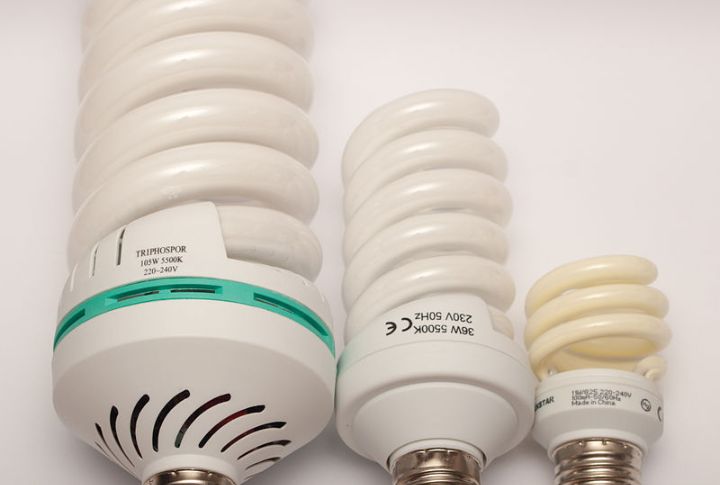
Those spiraled bulbs marketed as energy-efficient contained mercury, up to five milligrams per unit. Broken bulbs required careful cleanup to avoid vapor exposure. Though safer LEDs now dominate the market, millions of CFLs circulated before EPA disposal guidelines were widely adopted or enforced.
Teething Powders
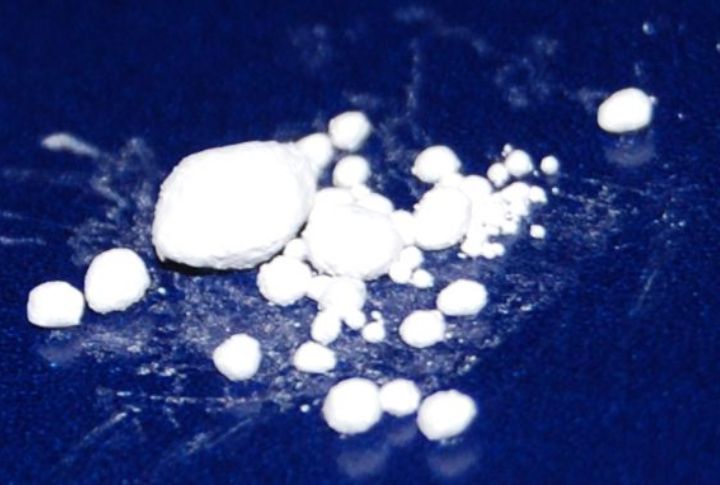
Parents trusted teething powders to ease infants’ pain, never imagining they contained morphine or mercury. Popular brands like Mrs. Winslow’s Soothing Syrup were blamed for child fatalities as early as the 1800s. Full bans didn’t reach most states until the 1930s, in spite of mounting proof of serious harm.
Hair Dyes With Coal Tar

Bright colors came with a hidden danger. Coal tar-based dyes, popular throughout the 20th century, were later found to cause cancer. The FDA permitted their sale as long as warning labels were included. However, gaps in cosmetic regulations mean these harmful dyes can still be found in products today.
PVC Baby Toys
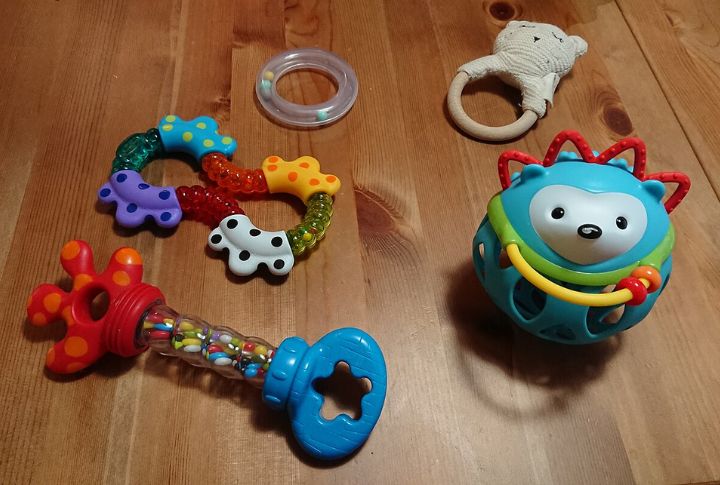
Soft plastic teething rings and bath toys once relied on phthalate-laced PVC for flexibility. These chemicals mimic hormones and disrupt endocrine systems. Europe pulled the plug in the 1990s, while the U.S. waited through nearly a decade of growing red flags before acting.
BPA-Lined Cans
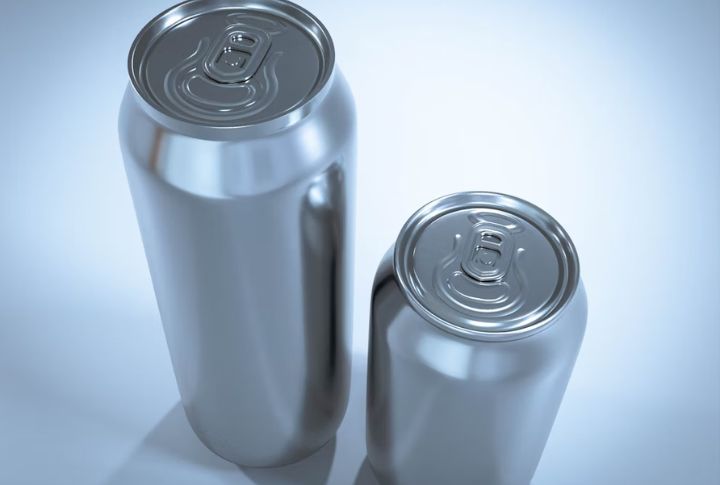
Bisphenol A, a synthetic estrogen, has lined food cans for decades. Studies linked it to infertility, obesity, and early puberty. Although baby bottles with BPA were banned in 2012, canned goods continued to contain the chemical until major food brands began removing it quietly, without federal mandates or recalls.
Magnet Toys
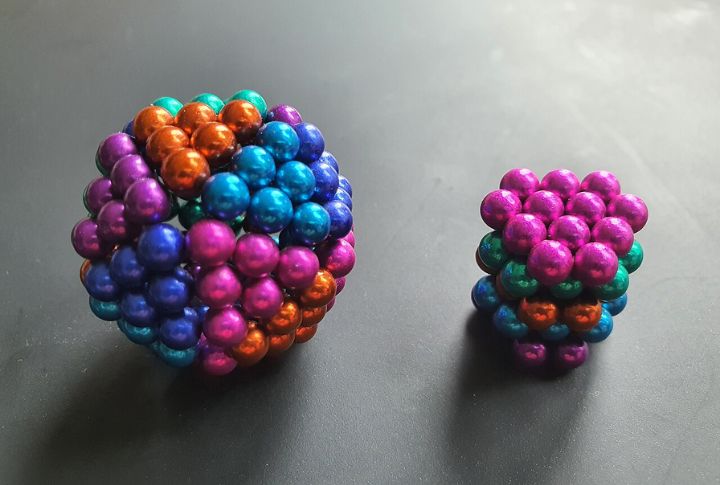
Swallowed magnets can stick together inside the body and pinch parts of the intestine. Worse still, rare-earth versions turned playtime into ER visits, with some cases ending in fatalities. In 2012, the U.S. Consumer Product Safety Commission (CPSC) ban stumbled through legal challenges, giving retailers years to keep them on shelves.
Butter-Flavored Popcorn Additives
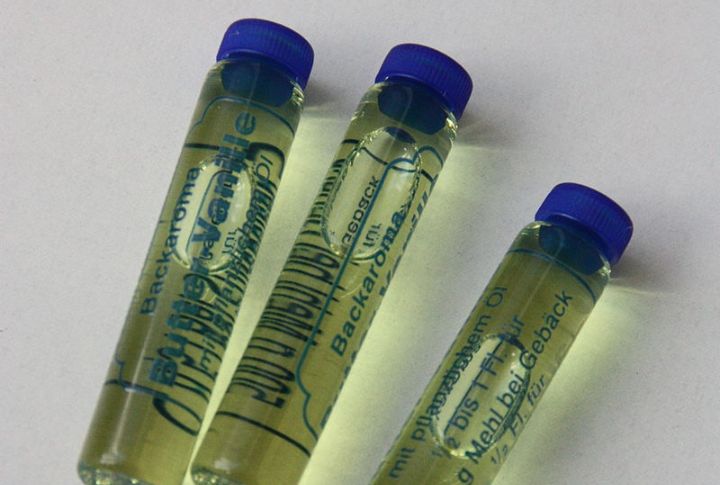
Inhaling the buttery aroma from microwavable popcorn caused a rare lung disease among factory workers—bronchiolitis obliterans, nicknamed “popcorn lung.” The culprit was diacetyl, used for flavoring. Despite the voluntary phase-out, shelves continued to stock the products for years and left consumers in the dark.
Spray-On Sunscreens
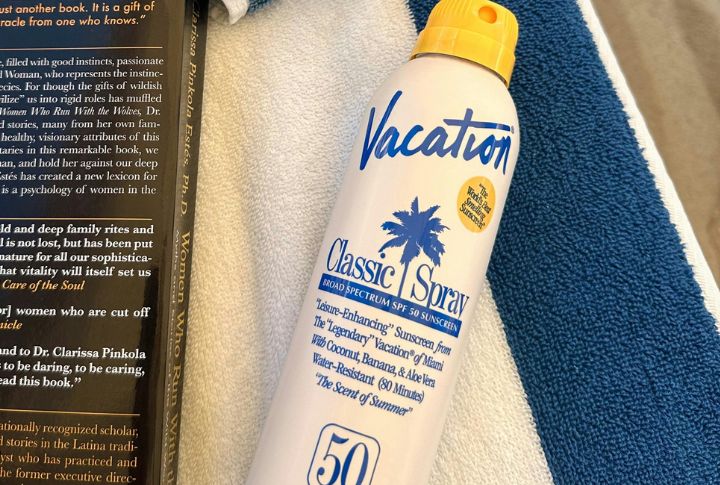
Convenience led millions to choose aerosol sunscreens. What many didn’t know: inhalation of the fine mist could damage lungs, and several formulations contained benzene, a known carcinogen. A 2021 recall targeted popular brands, but similar products remained in circulation for years before broader reforms took hold.
Crib Bumpers
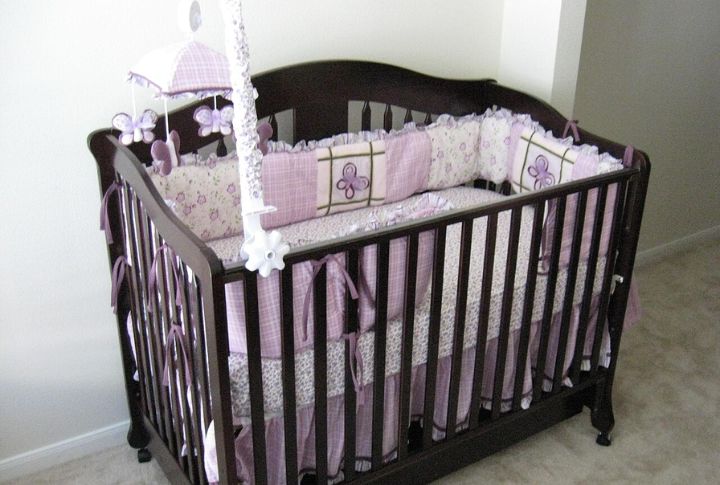
Were those soft, decorative liners worth the risk? Pediatricians warned about suffocation dangers for years. Still, manufacturers marketed them heavily, and stores kept selling them until Congress intervened in 2022. In fact, crib bumpers contributed to 113 infant deaths from 1990 to 2016 and numerous injuries, as per the CPSC reports.

